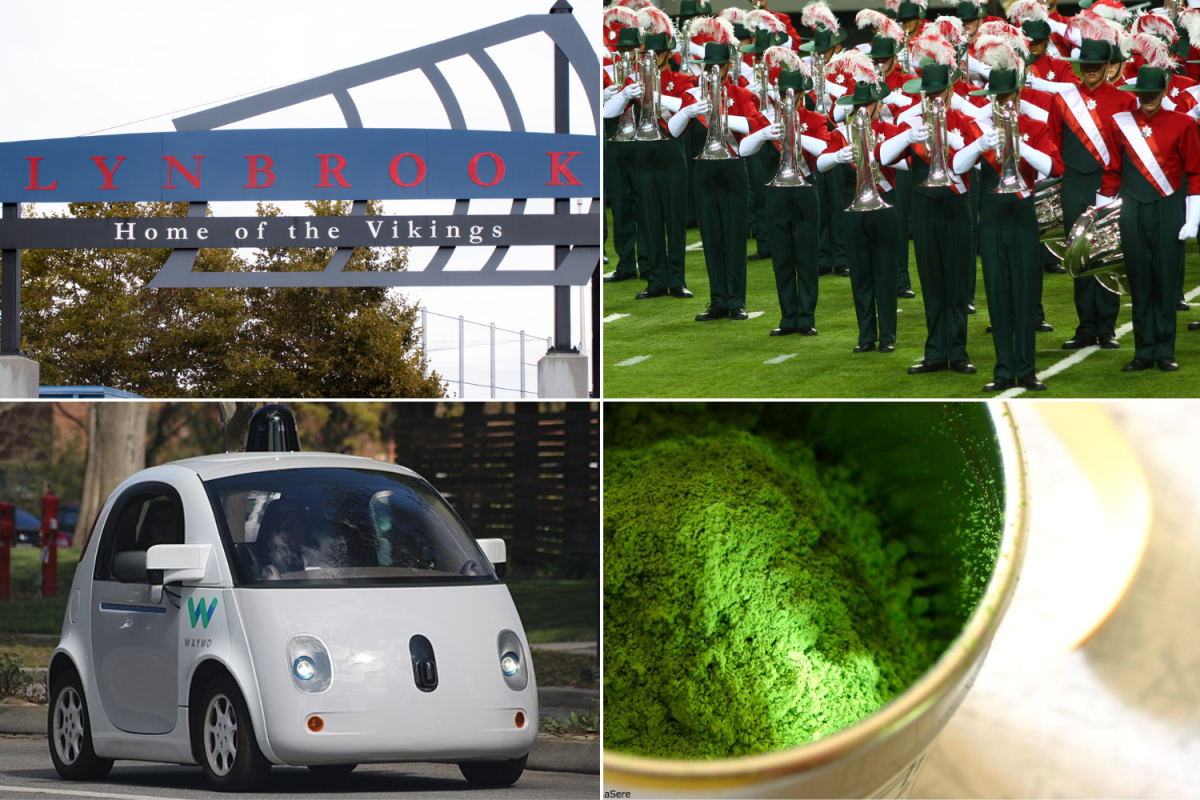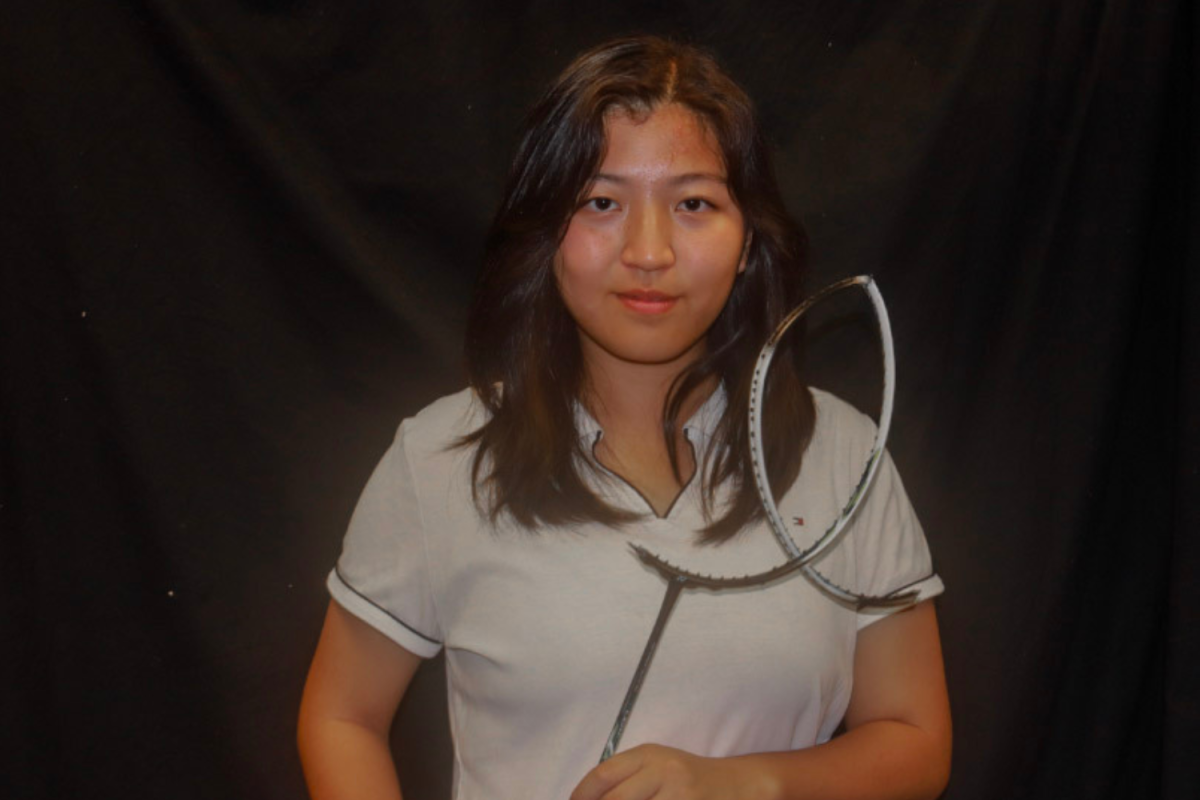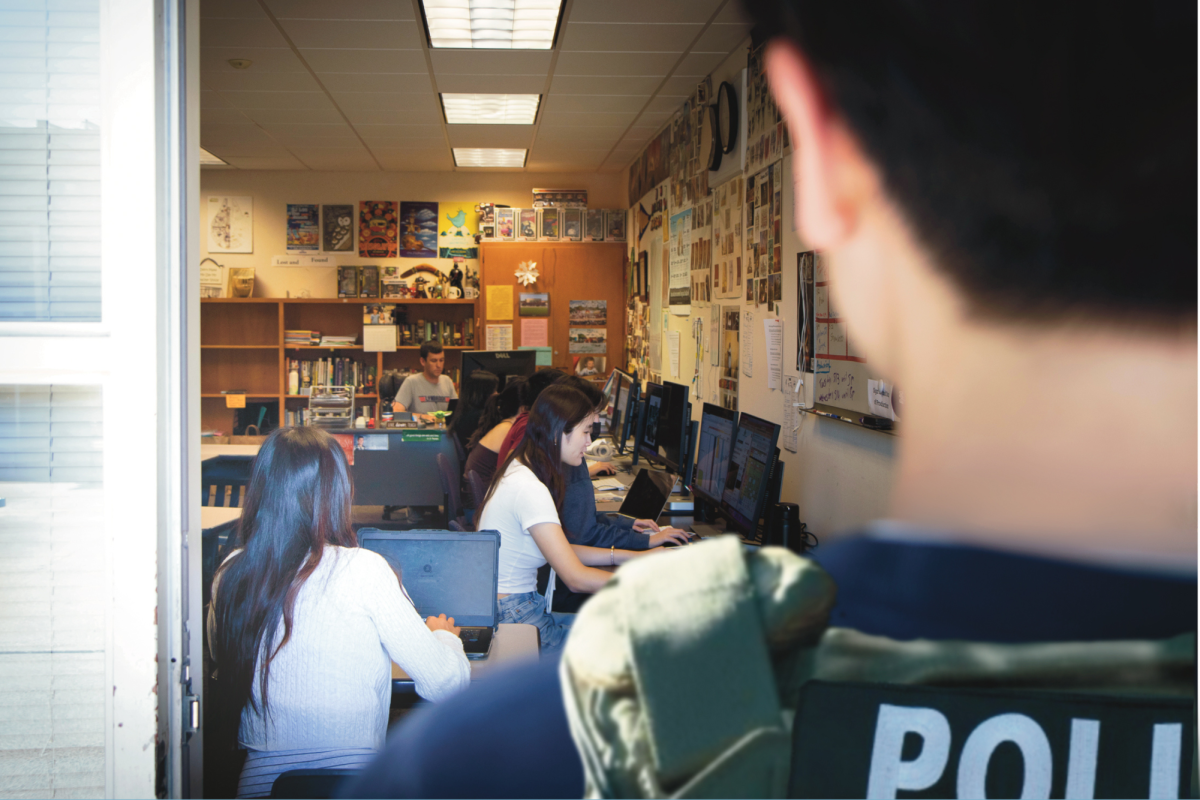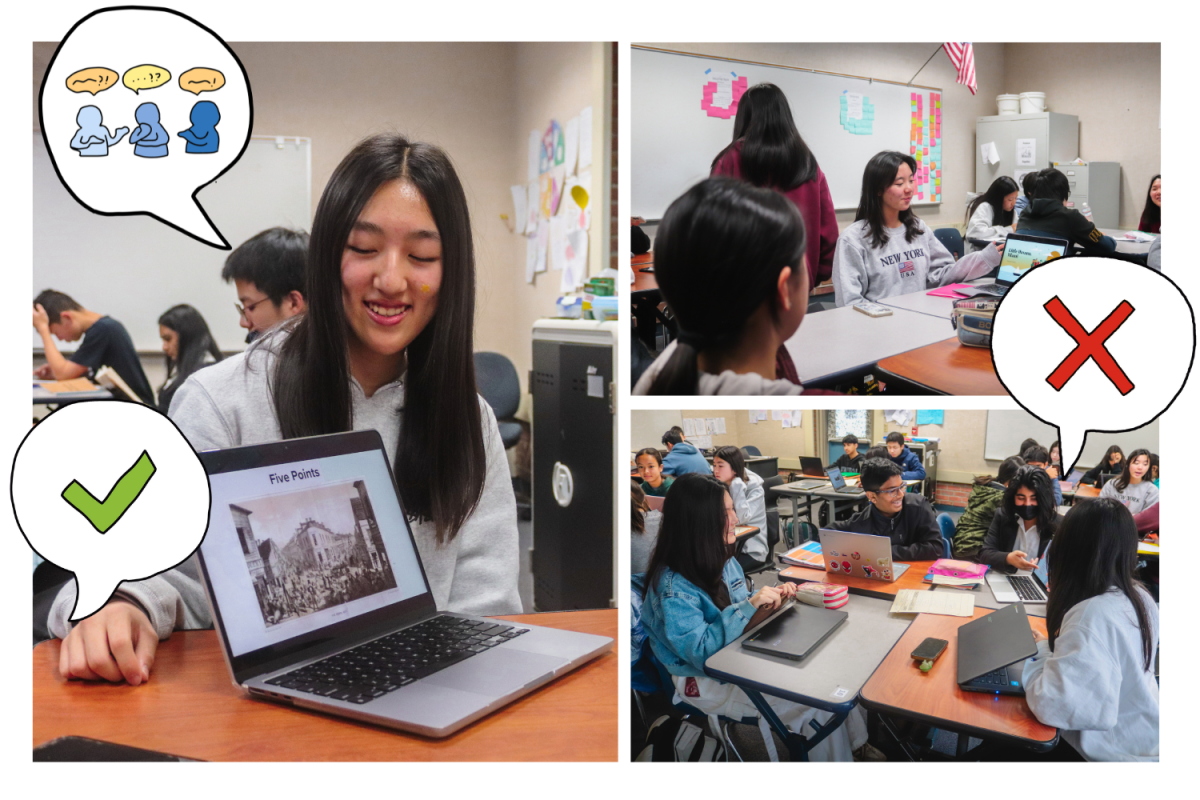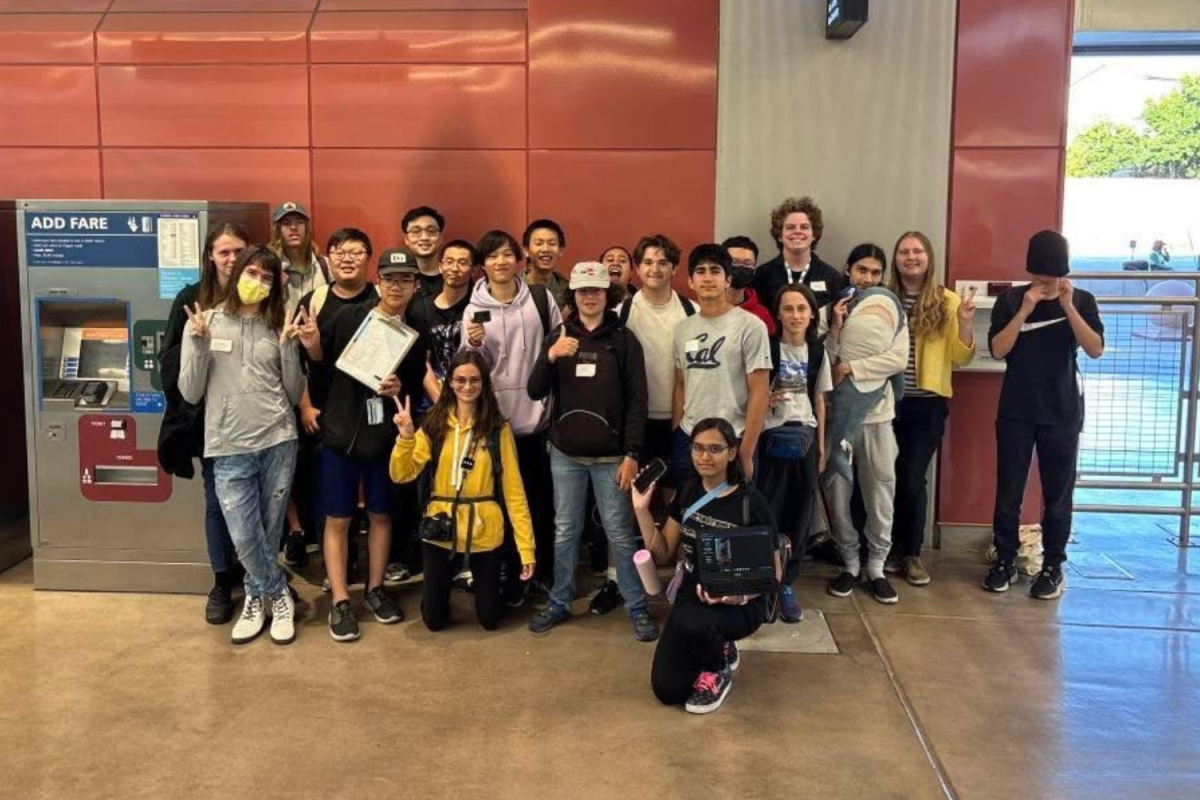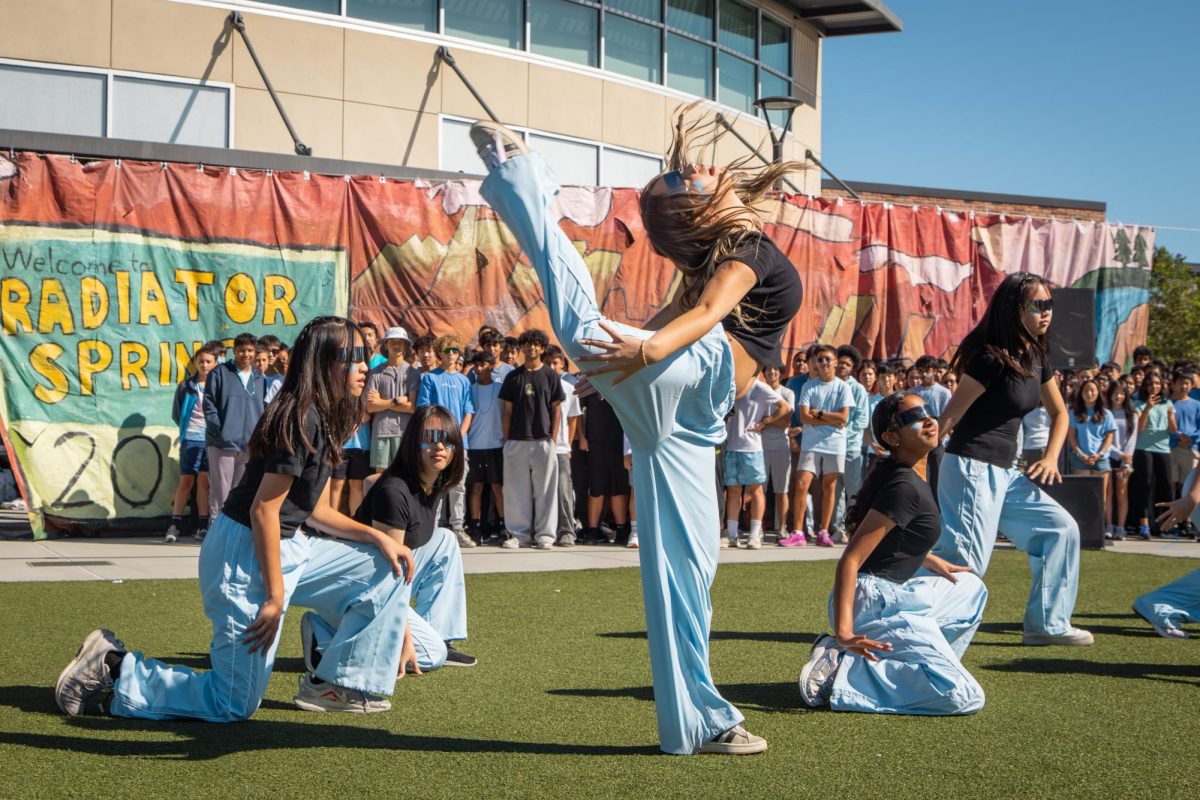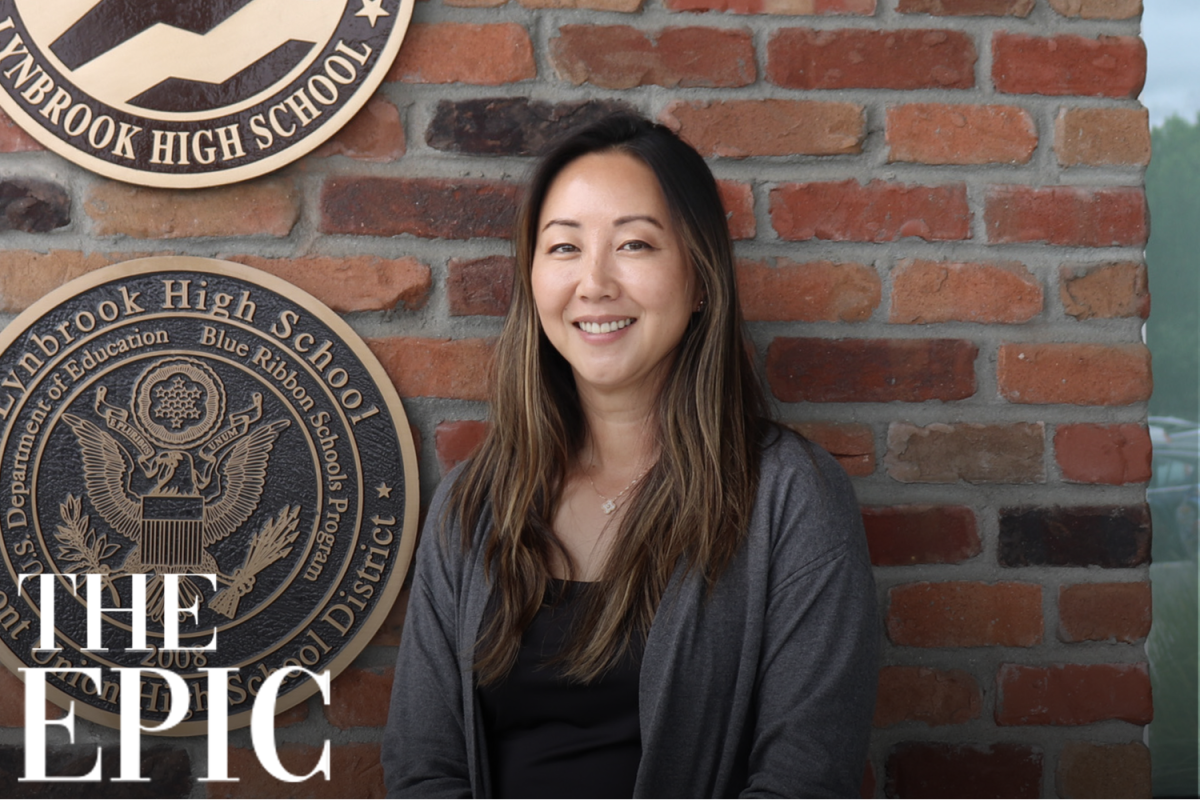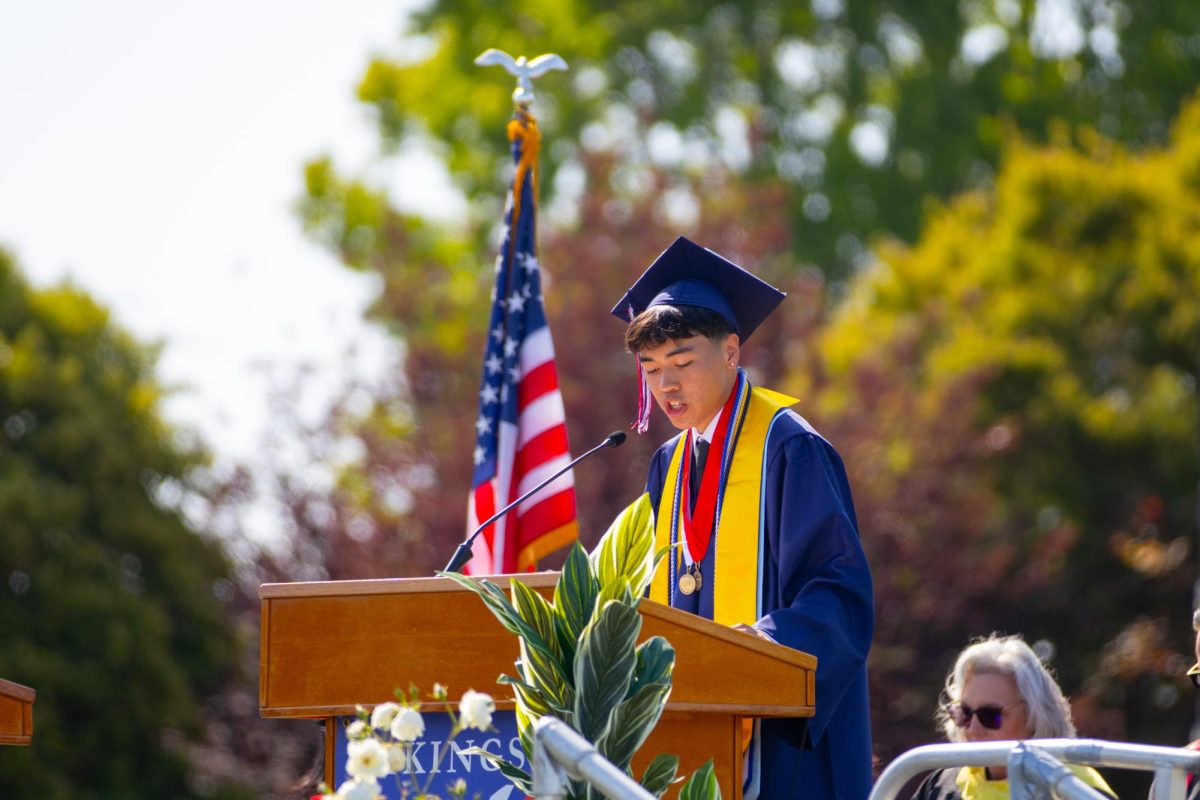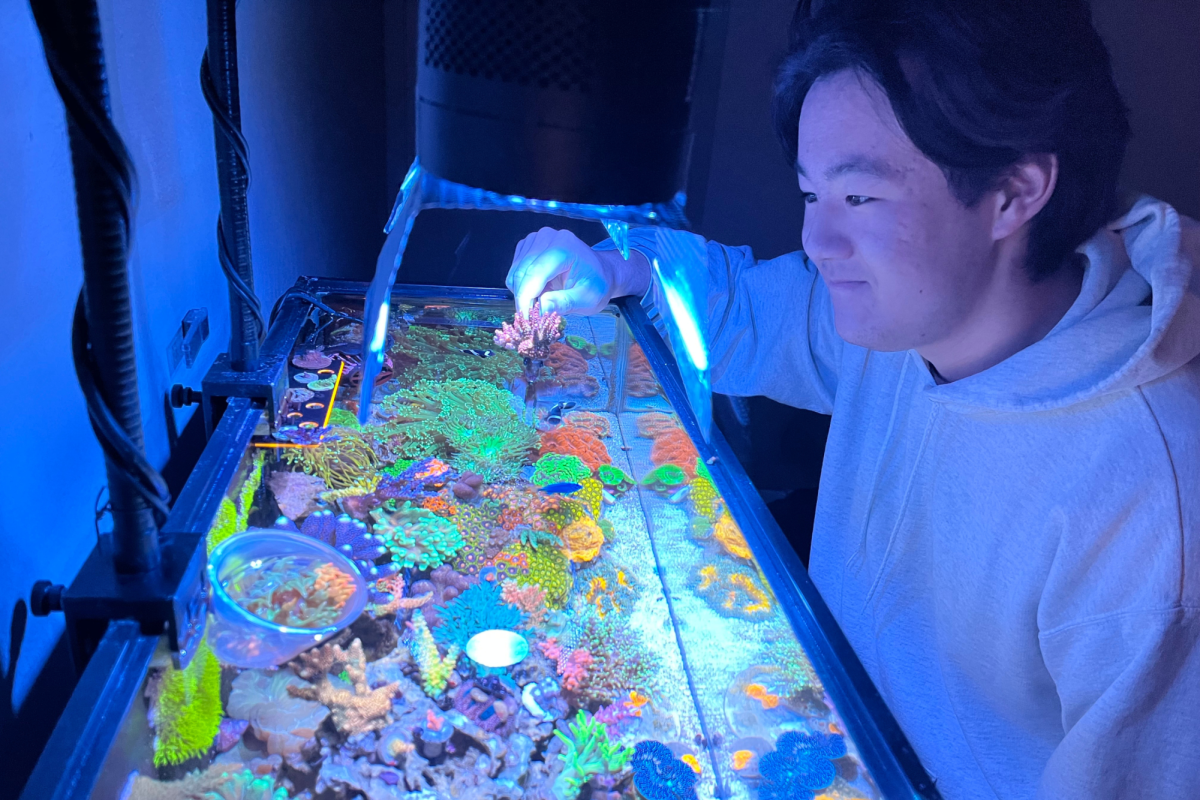Academic stress is at the forefront of many Lynbrook students’ daily lives. Over the past few years, FUHSD has mandated that all schools build and maintain a wellness center for students. Currently, three of the five FUHSD schools have established a wellness center. Following in the footsteps of Cupertino High School, Fremont High School and Monta Vista High School, Lynbrook plans to add its own wellness center in the near future. While the center is a promising step toward improving student well-being, its success will depend on how well it meets student needs. With the upcoming wellness pop-up serving as a prototype for the future center, Lynbrook is taking important steps to support student mental health needs.
In 2023, Governor Gavin Newson awarded $150 million in grants to 262 organizations to support mental health awareness, with $50 million for youth-driven programs. Since then, this funding has helped Santa Clara County set up wellness centers across FUHSD. It is intended not only to alleviate mental health issues but also to help students learn self-management skills and destigmatize mental health so students are more willing to ask for assistance.
Led by Associate Superintendent Trudy Gross, the Equity Task Force and the ASB Legislative Council, the wellness center will be a space that students can drop by during the school day to destress and practice self-care. With other FUHSD schools already benefiting from their wellness centers, Lynbrook students should look forward to this addition and consider how they can integrate it into their own stress management.
A Wellness Space Support Specialist will serve as a supervisor of the center. The specialist will encourage students to seek assistance and engage in the wellness activities offered, such as potential coloring and yoga stations. The specialist will also monitor the space to ensure students are utilizing the center appropriately. This structure has been proven effective at other schools, demonstrating that wellness centers can function as a real support system and will help Lynbrook students if used as intended.
The center bridges the gap between classroom support provided by teachers and school-appointed therapists. It provides a space for students to take a break and collect themselves before returning to class, which contributes to its effectiveness. Unlike school therapists who offer structured counseling, the center focuses on immediate stress relief. The wellness space specialist will determine if students are ready to return to class or need to be referred to the school-appointed therapist for additional support.
“The opportunity for students to check in and decompress in a wellness space opens people up to be more calm and centered to be able to participate in therapy if needed,” Gross said.
In an effort to support student well-being ahead of the planned opening of the wellness center in Fall 2026, the Equity Task Force, alongside Principal Maria Jackson, is launching a wellness pop-up, a temporary pilot for the future center. Set to begin in May, the pop-up will take place once a month during tutorial in quiet corners on campus such as the theater lobby, providing a place to relax and explore different wellness activities. The pop-up will also aim to gather student feedback through digital or physical surveys on what resources and programs should be included in the official environment.
If students actively participate in the pop-up, they have a direct opportunity to shape the future center into a personalized space. While the district is investing in this initiative, its success ultimately hinges on student engagement. Without meaningful participation and feedback, the center risks becoming an underutilized resource rather than a valuable support system. Students should take advantage of this opportunity to ensure the wellness center is designed with their well-being in mind.
“Equity Task Force came up with the wellness pop-up because we wanted to come up with an immediate solution to improve student mental health,” junior and Equity Task Force member Shreshta Kondla said. “We hope it can be a place where students can drop in and out quickly during tutorials while enjoying fun little activities.”
While the wellness center will provide stress-relief services, the communal nature of these spaces can deter students who want confidentiality while facing emotional challenges. Without private areas, students might feel uncomfortable utilizing the resources available, potentially limiting the effectiveness of the wellness center. To accommodate all students, the wellness center should incorporate both open spaces and private areas, such as curtained areas or meditation pods. A more inclusive wellness center will ultimately encourage more students to take advantage of its resources.
While initial setup costs are fully funded by various grants and district funds, ongoing maintenance for the centers and salaries for support staff will come from yet undecided school and union funding, raising questions about whether financial support for the center is sustainable. The source of funding is still being discussed among Lynbrook and FUHSD staff. While mental health resources are essential, some students and staff have expressed worry that the wellness centers’ funds could be spent elsewhere, such as on electives programs in the face of declining enrollment across the district.
“It takes around $500,000 to $600,000 to modernize a classroom into an office space like a wellness center,” FUHSD Superintendent Graham Clark said. “But after that, the cost of maintenance is just the salary of the employee that works there.”
The wellness center rollout at Lynbrook can achieve success by continuing to gather student feedback, actively promoting its purpose and potentially collaborating with ASB. The wellness center can and should be a good step in helping to address underlying issues that cause stress in Lynbrook culture.


